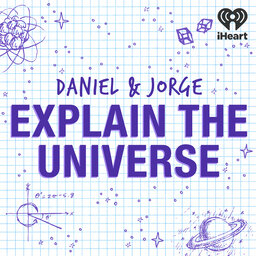How many stars can a solar system have?
Daniel and Jorge talk about binary star systems, trinary star systems and totally bonkers star systems with even more stars!
Learn more about your ad-choices at https://www.iheartpodcastnetwork.com
See omnystudio.com/listener for privacy information.
 Daniel and Jorge Explain the Universe
Daniel and Jorge Explain the Universe


